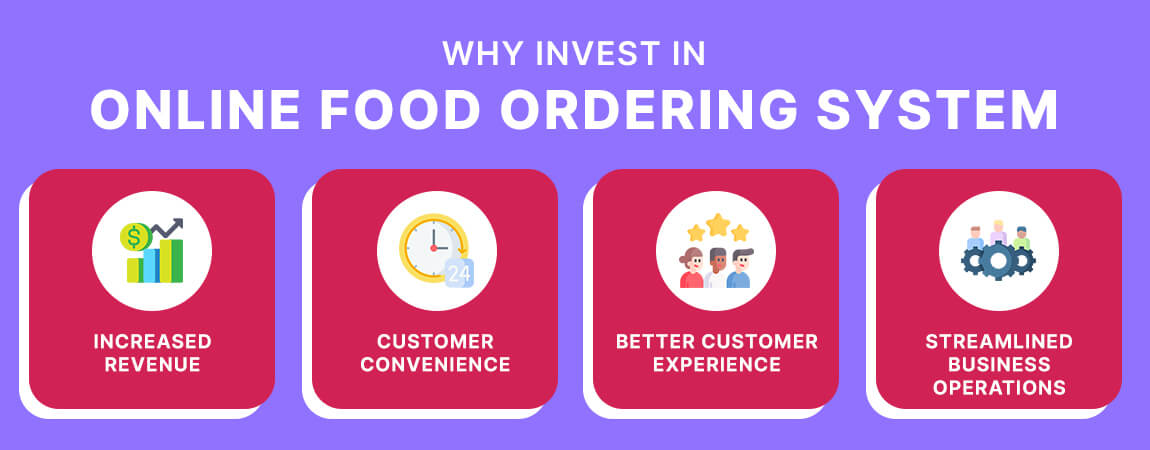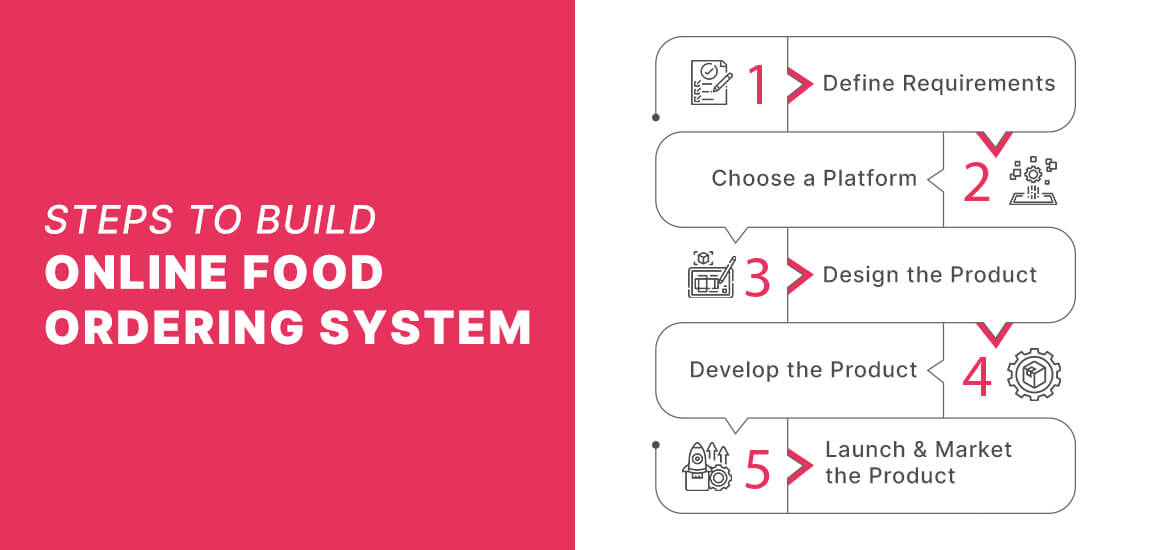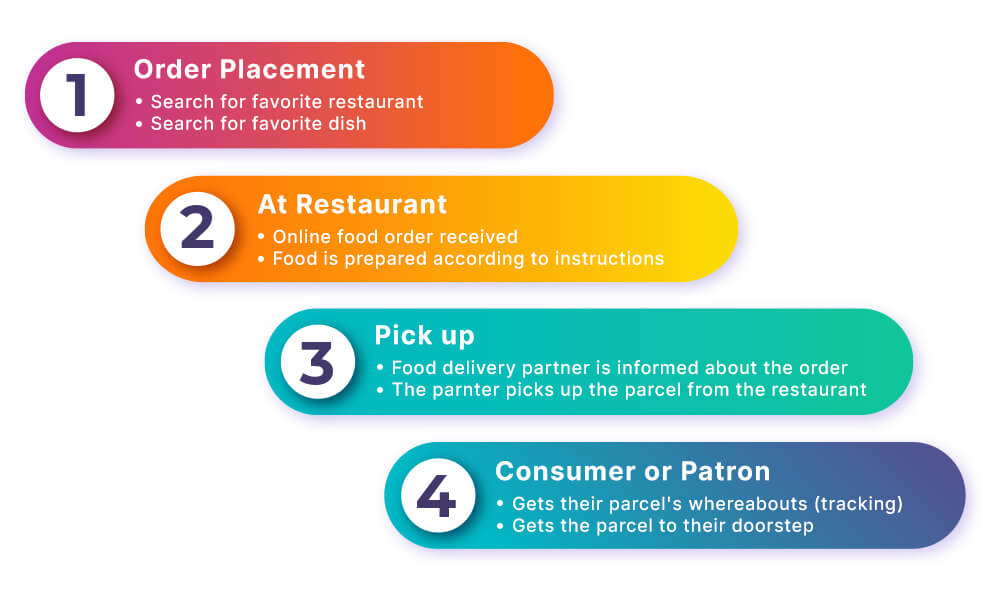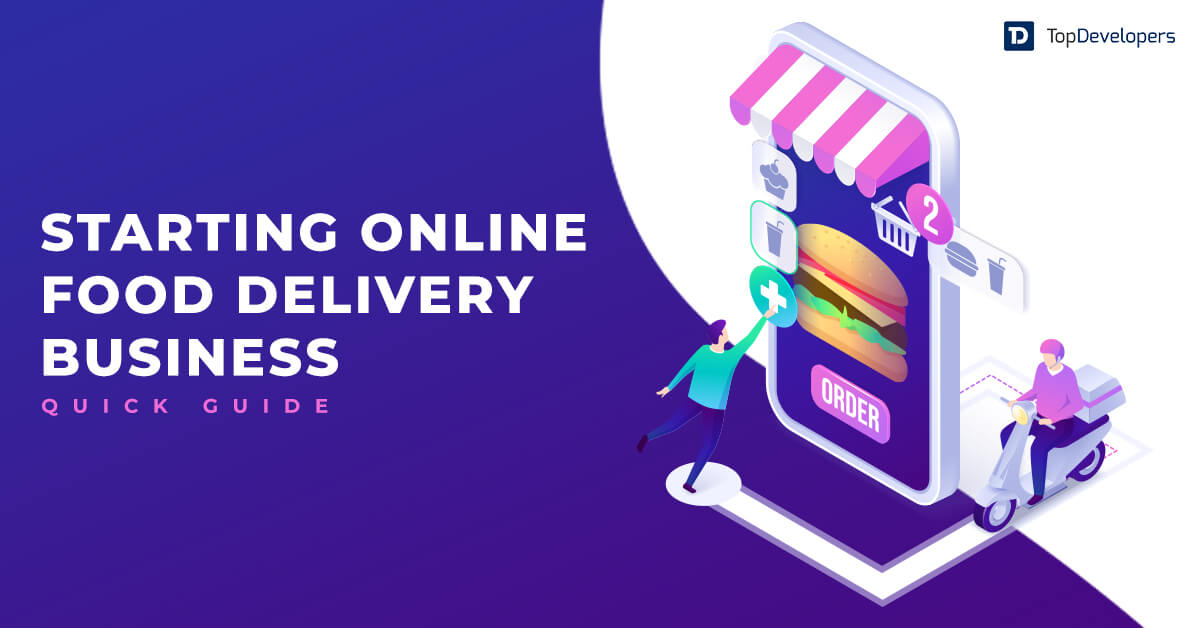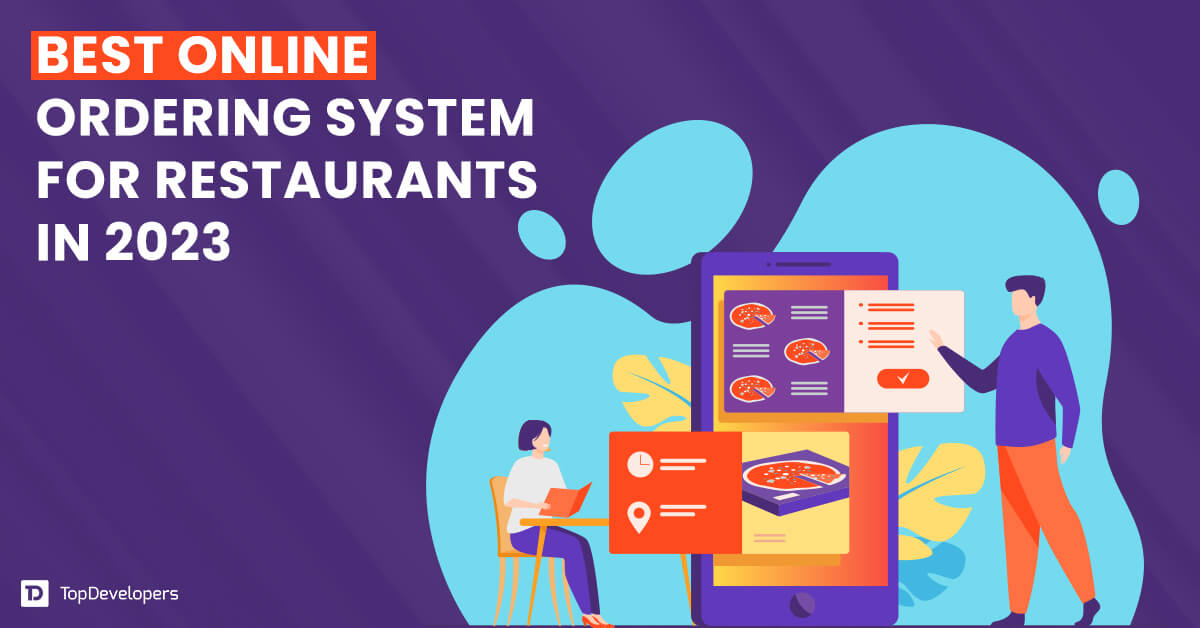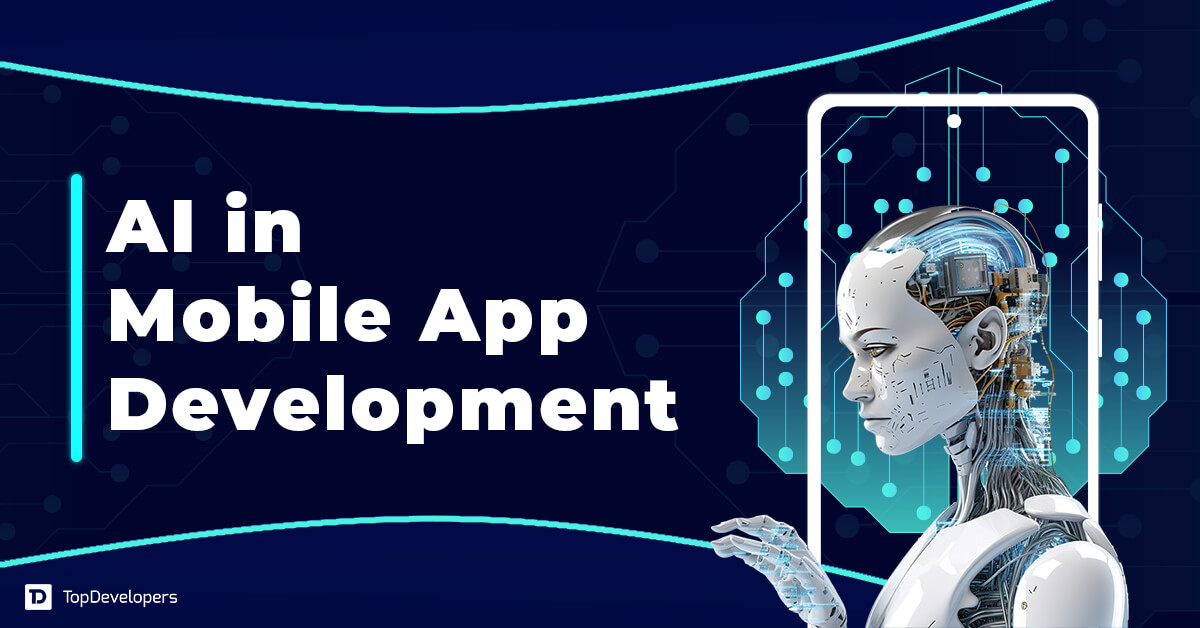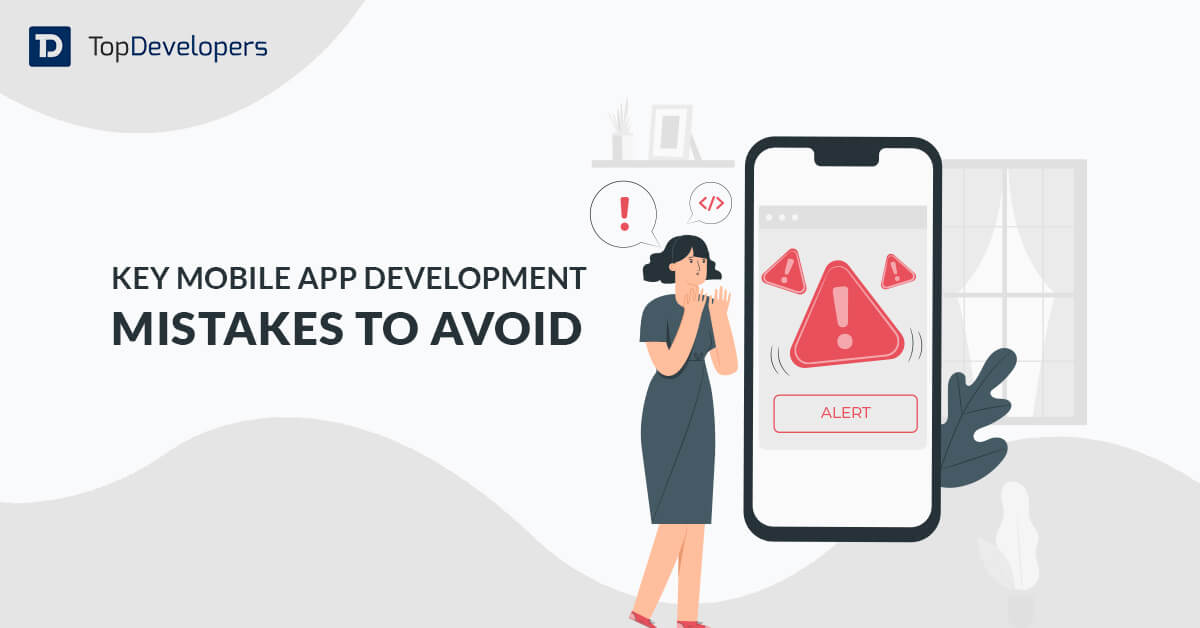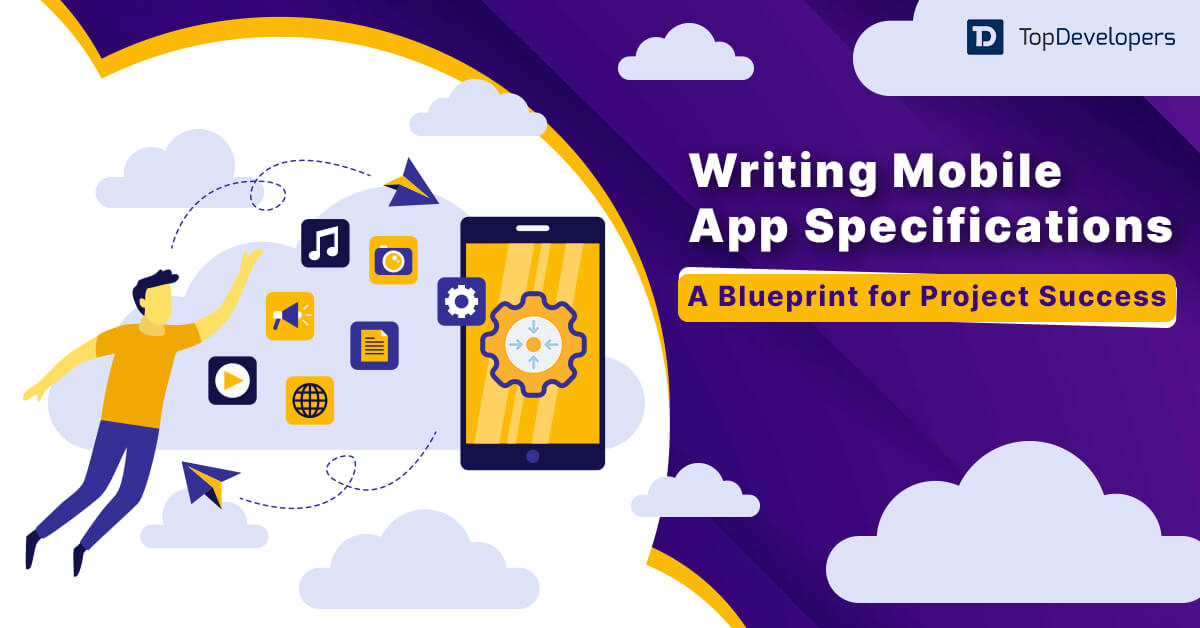
The food industry has always been one of the most thriving and lucrative businesses globally. In recent times, with the advent of online food ordering systems, the food industry has witnessed an unprecedented transformation. The food delivery market is expected to grow to $182.3 billion by 2024.
Following this growth, online food ordering systems have revolutionized how people collect food, providing customers with a convenient and hassle-free option. That’s why user penetration in the food delivery market is expected to reach 2.5 billion by 2028. As on-demand app development continues to gain momentum, it is unsurprising to see a surge in the adoption of online food ordering. This blog will dive deep into online restaurant food ordering systems. Let’s dive in!
Table of Contents
- What is an On-Demand Food Ordering System?
- Online Food Delivery – Market Research Statistics
- Advantages of Online Food Ordering and Delivery System for Restaurants
- Features Must-Have in a Successful Food Ordering System
- 5 Simple Steps to Building Your Very Own Food Ordering System
- How do Online Food Ordering Systems work?
- The Restaurant Receives the Order and Prepares It
- Online Ordering Companies: Payment Processing
- Make Money With an Online Food Ordering App
- Revenue Generation Models of Food Ordering Platforms
- How Much Does it Cost to Develop an Online Food Ordering System?
- What Technology Stacks Should be Preferred for Food Ordering and Delivery System Development?
- Food Ordering Simplified!
What is an On-Demand Food Ordering System?
On-demand food ordering system simply means that users can order food as and when they want. Adding icing to the cake, online restaurant food services help patrons choose their favorite dishes from their favorite eateries and restaurants. Hire the best mobile app development company to develop online food ordering and delivery applications with unique features that cater to users’ demands to order food and get it delivered to their doorsteps.
Online Food Delivery – Market Research Statistics
The research giant Statista quotes that the revenue in the online food delivery market is likely to touch the 1.22 trillion USD mark in 2024 It is expected to exhibit a compound annual growth rate (CAGR 2024-2028) of 10.06%, resulting in a projected market volume of US$1.79tn by 2028. Furthermore, the same page on the market research portal states that the meal delivery market is likely to witness the number of its users increase and reach 2.5 billion by 2028. The user penetration in the food delivery market will be approximately 27.5% in 2024. These figures represent the Online Food Delivery market on a global scale. In the global online food delivery market, countries like the United States and China are leading the way with their large consumer base and robust delivery infrastructure.
Advantages of Online Food Ordering and Delivery System for Restaurants
Restaurants looking to progress further than the competition, developing an online food ordering app is an important aspect. It brings a wide range of benefits for both customers and restaurants. Here’s a quick overview of the advantages of building a food ordering software that makes restaurateurs confident enough to develop one for their restaurant business.
Increase Sales
Thankfully, online food ordering solutions provide in-depth reports and rich insights from the reports that unveil the data hidden in plain sight. For example, restaurants know the number of visitors, most-selling food items, cart abandonment rate, and others, which helps make business-related decisions that improve user engagement and boost sales. This way, a list of all the touchpoints that are strengthening and weakening the food ordering system’s overall performance is identified and fixed, which takes the restaurant to the next level.
Best Customer Management
Customers are the lifeblood of the restaurants which is, if not correctly handled, restaurants will soon become an extinct species. That’s where the CRM system within the online food ordering and delivery system ensures that everything is streamlined from order placement to final delivery. For example, timely delivery is highly valued in the on-demand food delivery industry, so integrating route optimization will help delivery personnel deliver the food quickly. Analyzing analytics daily will also help in knowing the pros and cons of the food delivery services to the customers, which ultimately translates into nurturing customer relationships.
Build Your Brand
The food ordering system allows restaurants to retain existing customers by sending promotional offers, marketing email campaigns, SMS, and others. The customer loyalty program attracts customers and makes them talk about restaurants on social networking channels such as Instagram, Facebook, and X, improving brand awareness globally.
Improved customer loyalty and social word spread bring more restaurant traffic for online food order placement. Food order scheduling integration improves online traffic and differentiates the brand in the restaurant market.
Improve Business Operations
The underlying structure that enables restaurants to seamlessly operate and meet customers’ needs for accurate and timely delivery is the wishbone of the entire restaurant. The online food ordering software provides a systematic structure that makes ordering more efficient and secure. With centralized management of all business operations, restaurants can make data-driven decisions that bring positive sales and ROI in the end.
Features Must-Have in a Successful Food Ordering System
Features form the solid foundation of the food ordering system created for restaurants and food businesses. Many features are available or customized according to business objectives so that the system performs as expected and delivers the best user experience.
Take a look at the features that the three main components of the food ordering system should have:
Core Features of Customer’s App
- Menu Search: Allow users to search different restaurant menu items by applying filters such as location, cuisine name, and more.
- Order placement: Users can browse and order the food items they like the most in a few taps. The order preview helps with the right order placement.
- Order delivery tracking: The current status of the food orders is checked in real-time along with ETAs. It keeps the users informed about food delivery.
- Seamless payment: Facilitate multiple payment options with payment gateway integration, mobile wallet integration, and credit/debit card enablement.
- Customer profile: Customers can track previous orders so that they can repeat or know their spending. Also, it helps to provide reviews and ratings to delivery persons, restaurants, and food as well.
Core Features of Driver’s App
- Profile: Drivers can create and manage their profile data such as name, address, contact number, photo, etc. It helps customers to get connected when they want to share information regarding their location.
- Notifications: Various push notifications, such as new orders to deliver, new route suggestions for traffic jams, and others, are sent to the drivers at distinct points in time.
- Built-in map: Different maps are integrated within the application so drivers can easily find the fastest and shortest path to the customers’ location.
- Analytics: It helps to calculate total earnings and deliveries made. Also, the delivery person is able to know about rewards like tips and reviews they get from the customers.
- Order management: The delivery person can accept or reject the order delivery as per availability.
Core Features of the Restaurant and Food Business Admin Panel
- Restaurant management: Admin can view, access, and manage all the restaurants’ data, including restaurant sales, menu items, menu prices, etc.
- Driver management: View the drivers’ performance based on the orders delivered, delivery requests cancelled, ratings & reviews, and more to ensure the best results.
- Payment management: Admin can set a commission rate for every restaurant for the food order placed using the online ordering system. After that, the commission is automatically deducted from the customers’ payment and credited to the restaurant partner.
- Customer relationship management: CRM enables admins to better know about customers, such as food order patterns, transaction preferences, and other likes/dislikes that help in improving the online system accordingly.
- Reports and analytics: This feature facilitates generating different reports and insights from organized data, allowing restaurateurs to make informed decisions.
5 Simple Steps to Building Your Very Own Food Ordering System
Online food ordering systems are good for sales and revenue for food businesses. By going for a dedicated online food delivery application, businesses can provide customers with the convenience of ordering their favorite dishes in just a few taps, which can result in increased customer loyalty and repeat business.
Creating a food ordering system may seem like a daunting task, but it can be broken down into five simple steps:
Define Your Requirements
The first step is to define your on-demand food ordering app requirements and what features you want in your online restaurant food ordering and delivery application.
Also, do you want to develop a full-fledged food ordering system from the start or start with a Minimum Viable Product (MVP), the app solution with only features that are needed to get you up and running online?
Choose a Platform
The next step is to choose a platform for your online food ordering software. You can either build your own food ordering system from scratch or use a SaaS-based online food ordering system such as Foodiv. There are many platforms available that provide ready-made solutions for online food ordering systems, such as Shopify, WooCommerce, and Magento.
Design Your Product
The third step is to design your system for the restaurant business. You need to decide on the user interface, the ordering process, and the payment system. While designing your food delivery app system make sure that it is easy to use and navigate for users.
Develop Your Product
The food ordering system development process undergoes several stages, and the core stage, this step adds functionalities to components designed for the UI. Using various frameworks and platforms, developers write code to make the food order and delivery product work according to the business objectives. After the product is programmed for its functionalities, testing for QA is performed to ensure that the food ordering delivery system is developed as per its predefined scopes.
Launch and Market Your Product
The final step is to launch and market an online food delivery and ordering platform with all the required features and functionality. Make sure that it is user-friendly and has little to no bugs. You need to promote your food ordering system through social media, email marketing, and other digital marketing strategies.
How do Online Food Ordering Systems work?
On-demand food ordering systems work by connecting patrons with restaurants or food businesses. Below is the process of how food ordering and delivery work on an online restaurant application:
The Customer Places an Order
The customer places an order through the food ordering system, either through a website or an app. It is done through a simple search for a dish or a favorite restaurant. While placing orders they can also choose payment methods such as Cash on delivery (COD) or any other online or card payment options.
The Restaurant Receives the Order and Prepares It
The order placed by a customer is sent to the restaurant or food business. They receive and confirm the order received and then prepare food according to consumers’ cooking instructions.
The Delivery Partner Picks Up the Parcel
When the customer places an order online to be delivered to their doorstep, a delivery partner picks up the order from the location of the food business such as a restaurant, cafe, bakery shop, fast food outlet, or pizza corner. They get directions through GPS-based features and facilities in the online food delivery app that help them to navigate and reach the customer’s location.
The Delivery Partner Delivers the Order
The food delivery partner delivers the order to the customer. Again, they get a map and the exact location through geo-specific features on the online restaurant app to deliver the parcel.
Online Ordering Companies: Payment Processing
90% of the efforts pay off when the restaurant’s food ordering system manages to bring the customer to the checkout section after browsing and selecting the food items. However, the checkout must be smooth, which relies on how easily restaurants make the customer pay online. Thankfully, there are many popular payment gateway options available. We will discuss some of the popular options for online payment processing in detail here.
PayPal
PayPal integration extends how customers make online payments through the web or mobile apps, as it only requires users to log into a PayPal account for the payment. Since 1998, PayPal has enabled businesses to accept payment in 25+ currencies across 200 geographical nations without glitches.
Stripe
It’s a comprehensive payment processing system that allows businesses to accept payment through credit cards, debit cards, and bitcoins. Also, it facilitates scaling features that enable businesses to grow their payment system hassle-free. The capacity to accept payment in more than 130 currencies, in addition to a flexible billing system, is an add-on for the restaurant businesses.
Braintree
The online payment solutions help restaurants reach more buyers and drive high conversion by facilitating PayPal, Venmo, mobile wallet, and credit/debit card payment integration in a single go. With 20 years of experience in the online payment industry, Braintree ensures secure payment while mitigating risks.
Make Money With an Online Food Ordering App
The ultimate goal is to let the cash flow to your food business account. Restaurants must know how online food ordering and delivery applications will help them make money. Here are some renowned money-making models that help generate revenue from other sources besides restaurant food delivery services.
Premium Advertisement
Restaurants interested in placing ads on the platform (On the home page, premium listing, and others) are charged an ad fee for placing advertisements at the preferred location.
Delivery Service
The application solution for food ordering and delivery charges a delivery fee from the customer for each order placement, which can vary depending on the distance and the order value.
Commission On Every Order
Restaurants need to pay a pre-defined percentage of commission from every food order placed through an online food ordering app or website.
Third-Party Ad Services
Third-party businesses other than restaurants are invited to advertise on the home page for brand promotion. Other businesses should be related to the food industry and shouldn’t interfere with users’ browsing and ordering experience.
Subscription Services
Restaurants pay a specified amount annually or quarterly for using the platform to display menu items and receive customer orders.
Revenue Generation Models of Food Ordering Platforms
You dream of launching a new food ordering start-up to stay profitable. Revenue generation is necessary, but it requires implementing suitable revenue generation models. They are:
The Order-Only Model
This model involves restaurants providing food delivery services with their fleet for delivery services registered on the platform for easier and faster orders. Restaurants only pay a commission fee to the platform for every order, and the rest is credited to their account. Zomato is a popular example of an order-only model.
The Order and Delivery Model
Restaurants prefer to get registered on online platforms to receive online food ordering and delivery requests; the platform operates on an order and delivery model. Restaurants won’t have a fleet for facilitating delivery services; the platform charges customers a standard delivery fee for every food order. Uber Eats, Deliveroo, and Doordash are the online food ordering websites and apps using this revenue generation model. That’s why delivery within 30 minutes is facilitated under such platforms.
The Fully Integrated Model
Fully integrated models are generally used by food startups looking to start an online food ordering system projects and have their fleet of vehicles for food deliveries and everything covered. However, considering this model to develop a food ordering system involves high operating costs that restaurant businesses with high budgets can manage.
How Much Does it Cost to Develop an Online Food Ordering System?
The cost of developing an online food ordering system depends on several factors, such as the features, platform, and development team. A basic system can cost ranges from $10,000 to $50,000, while a more advanced system such as a super app for food ordering and delivery can cost more than $500,000.
What Technology Stacks Should be Preferred for Food Ordering and Delivery System Development?
Tech Stack for Web
- Frontend: HTML, CSS, JavaScript, React, or Angular
- Backend: Node.js, Express.js, MongoDB, or MySQL
Tech Stack for Mobile
Technology Stacks for Android Food Ordering App Development
- Programming Languages- Kotlin vs Java
- Toolkit- Android Developer tools, Android Studio
- Software Development Kit (SDK)- Android SDK
Technology Stacks for iOS Food Ordering App Development
- Programming languages- Objective-C, Swift
- Toolkit- Apple Xcode
- Software Development Kit (SDK)- iOS SDK
Technology Stacks for Hybrid Food Ordering App Development
- PhoneGap/Cordova
- Ionic
Technology Stacks for Cross-Platform Food Ordering App Development
- React Native
- Flutter
- Xamarin
Payment Gateway Integration
- Stripe
- PayPal
- Braintree
Cloud Hosting
- Amazon Web Services (AWS)
- Google Cloud Platform
- Microsoft Azure
Push Notifications
- Twilio
- Push.io
SMS, Voice, and Phone Verification
- Nexmo
- Twilio
Database
- MongoDB
- HBase
- Cassandra
- Postgres
- MailChimp
Real-Time Analytics
- Hadoop
- Spark
- Apache Flink
- Cisco
- IBM
Map Navigation
- Google Map
Food Ordering Simplified!
An online food ordering system is a must-have for any food business looking to expand its reach and provide a better customer experience. The system can help businesses streamline their operations, increase sales, and attract new customers. By following the steps outlined above and considering the key features and business models, one can create a successful online food ordering system.
FAQs About Online Food Delivery App
How long does it take to develop an online food ordering system?
The time required to develop an online food ordering system depends on the complexity of the system and the development team’s experience. A basic system can take anywhere from two to three months, while a more advanced system can take up to six months or more.
Can I use an existing platform to create an online food ordering system?
Yes, there are many platforms available that help you to create solutions for online food ordering systems such as Shopify, WooCommerce, and Magento.
How much does it cost to maintain an online food ordering system?
The cost of maintaining an online food ordering system depends on several factors, such as the hosting provider, platform, and maintenance team. On average, maintenance costs can range from $500 to $2,000 per month. On the other hand, the total development cost of a food delivery app may range from $5,000-$500,000.
What are the popular online food ordering and delivery systems?
Here are some of the leading food industry giants:
- DoorDash
- Uber Eats
- GrubHub
- Zomato
- Swiggy
- Postmates
- Rappi
- Bite Squad
- Seamless
 Avantika Shergil
| Jan 8, 2024
Avantika Shergil
| Jan 8, 2024
An enthusiastic Operations Manager at TopDevelopers.co, coordinating and managing the technical and functional areas. She is an adventure lover, passionate traveler, an admirer of nature, who believes that a cup of coffee is the prime source to feel rejuvenated. Researching and writing about technology keeps her boosted and enhances her professional journeying.
